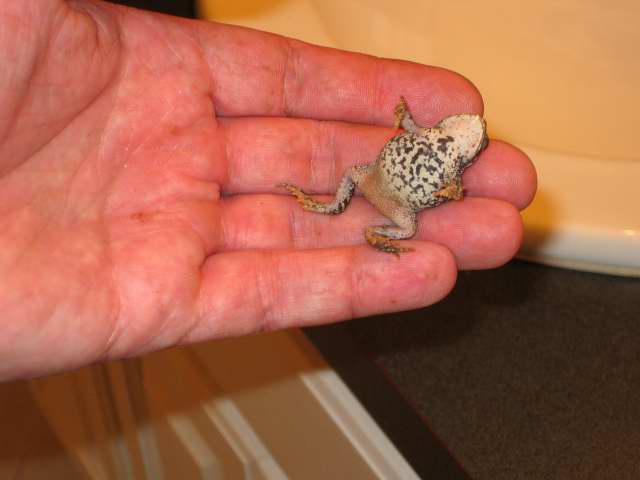
Virginia Tech (my institution of employment) does a good job of bringing newsworthy research and outreach stories to the university’s home page. With a huge college of engineering, robotics seems to be the dominant theme (no matter how lame the robot is) closely followed by solar-powered cars etc. So it’s a rare and thrilling event when a news items with a horticultural topic is featured on the VT web site!
As I read it yesterday, my heart sank a bit. A little less drama and a little more fact-checking would have gone a long way (the demise of which is a re-occurring gripe here on Garden Professors). I do seriously appreciate that something horticultural made the news,
and the efforts of the writers to make it interesting. I also realize a
great majority of the readers will not split hairs like I have.
If you’d like to read the brief and pleasant article, click on the link. My carping will make much more sense.
http://www.vtnews.vt.edu/articles/2011/10/101911-unirel-ialropenhouse.html
In a nutshell, a lab associated with Virginia Tech has developed a tissue culture protocol for the propagation of an Icelandic poppy cultivar at the behest of a cut flower grower.
Hurrah, right? Absolutely. But the article mucks it up a bit.
(On with the hairsplitting!!!)
1) Icelandic poppy (Papaver nudicale) is in no way endangered or about to go extinct. You can buy seed by the pound. The cut flower grower mentioned (a fabulous grower and just as wonderful a person) has a favorite cultivar. ‘Temptress’ is a selected, named variety of P. nudicale – of which there are many (20? 30?). Cultivars are lost all the time, but they do not "become endangered" or "go extinct" – this terminology implies it is found in the wild. Which ‘Temptress’ is not, because it is a man-made selection. If ‘Temptress’ is indeed a hybrid, the parents could possibly be crossed to hopefully the same end. Extinct…is forever.
It may be rare, it may be difficult to propagate by the usual means of seed or cuttings, and micropropagation has apparently worked to sustain the variety. Micropropagation has been used to save many heirloom fruits and vegetables. But back to our poppy. True, it may not continue to exist if a viable method of propagation is not found, as the grower notes. But the authors incorrectly interpreting the quote. The world is not losing a species; rather, one cut flower grower is losing his favorite color of poppy.
2) Though fine scientists in their own right, the two faculty named in the article did not (nor did they claim to) "pioneer a technique known as micropropagation."
I think I just heard Dr. Toshio Murashige have a cow.
Micropropagation (a form of tissue culture) has been around since the 30’s and is now a HUGE industry around the world. For example, nearly every orchid and fern sold at Home Depot is a product of micropropagation.
Micropropagation involves many variations on and combinations of plant hormones, growth regulators, minerals, etc. The researches mentioned (and their staff) formulated a successful protocol (recipe) for this particular species. It was indeed a challenge, and it’s great that they came up with the correct combination of the umpteen variables required to generate root and shoot growth. This is often called "cracking the code" and would have been the correct angle for the article authors to take. Finally, microprop is NOT a “plant breeding method” as stated in the photo caption. And since the Icelandic poppy is not fragrant, there will be no "fragrant scent wafting." No. Wafting.
Though it sounds lovely. Thanks for listening.

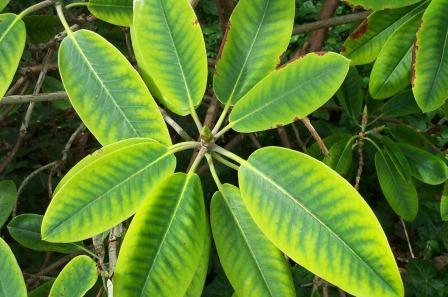
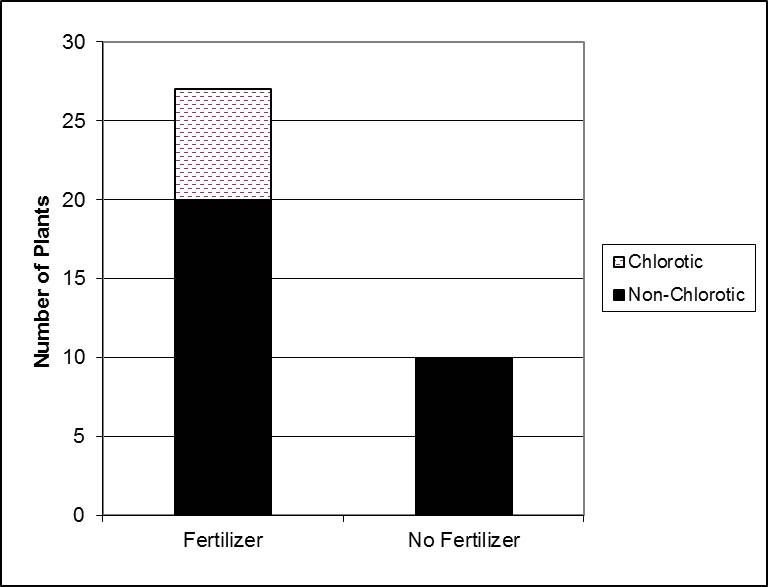
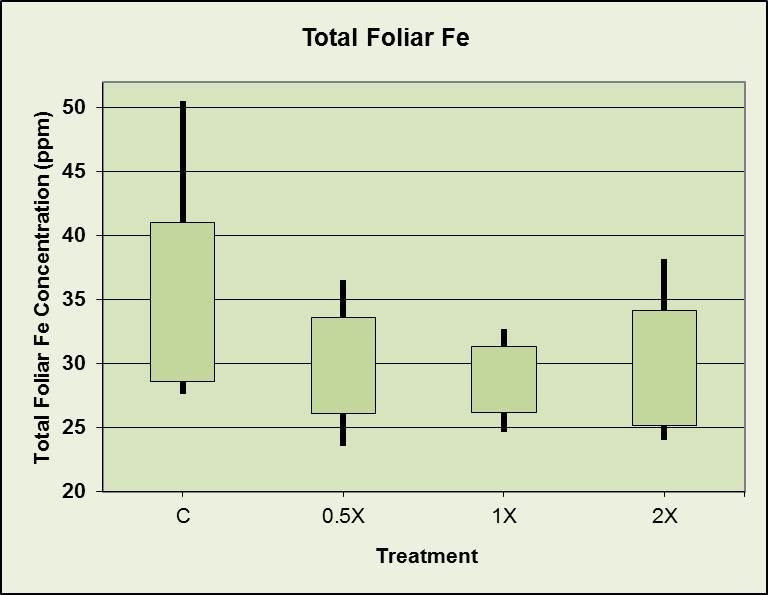 Total foliar iron vs. fertilizer treatment
Total foliar iron vs. fertilizer treatment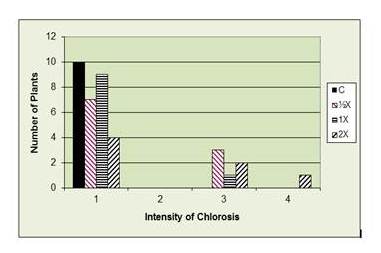 Chlorosis as a result of phosphate fertilizer. 1= Normal (green leaves), 2= Light chlorosis in young leaves, 3= Moderate chlorosis, 4= Severe chlorosis, young leaves white
Chlorosis as a result of phosphate fertilizer. 1= Normal (green leaves), 2= Light chlorosis in young leaves, 3= Moderate chlorosis, 4= Severe chlorosis, young leaves white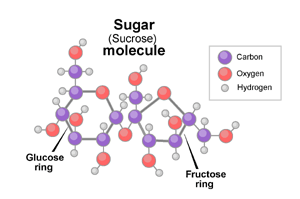


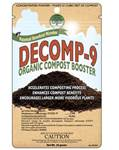

 And again
And again